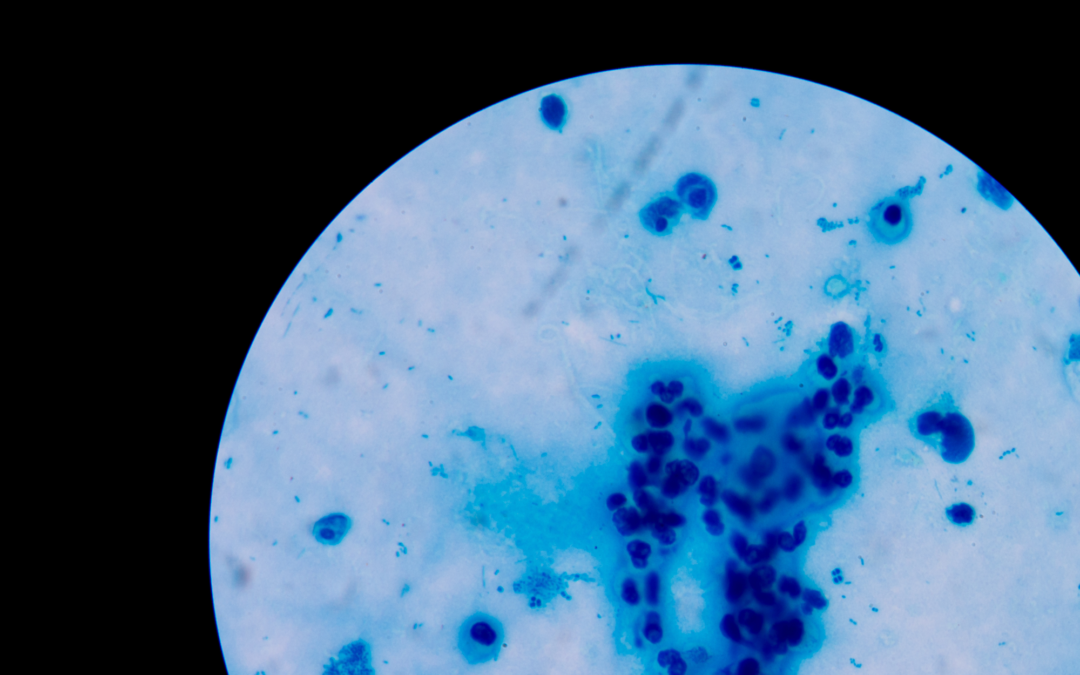As Australia grapples with the economic fallout of COVID-19, an even bigger financial disaster is on the horizon, with drug-resistant bacteria set to cost the nation up to $283 billion by 2050.
Infectious diseases professor Steven Djordjevic, from the University of Technology Sydney, said the proliferation of drug-resistant bacteria, known as superbugs, was a grave threat to Australia’s economy and way of life.
“The cost of uncontrolled infections caused by superbugs will be astronomical if we don’t act now,” Prof. Djordjevic said.
“By 2050, Australia’s annual GDP will take a five to ten per cent hit because of drug-resistant bugs. [1]
“Already, our hospitals spend more than $11 million a year [2] treating just two of the World Health Organisation’s most threatening drug-resistant infections [3] .
“Without effective antibiotics, thousands more people will die from simple infections and people will be sicker for longer, slashing the size of the workforce and productivity.”
Adjunct Professor Anna George, a former Australian Ambassador and multilateral negotiator, said the COVID-19 outbreak was revealing how complex and fragile logistic and transport strategies could be, particularly where a supply chain spans several countries.
“Trade and travel are heavily impacted and consumer behaviour is unpredictable when public health is under threat. That disruption flows through to every business – from multinationals to solo operators,” she said.
“Business models and practices will have to adapt to these health threats, not only to the impact of superbugs but also to stricter biosecurity measures.”
Ms George said another emerging issue for businesses and investors was the cost of drug-resistant bacteria spreading through the food chain.
“Negotiations are underway for a global agreement on guidelines to minimise drug-resistant bacteria in the food chain. Those talks will be politically difficult but essential to facilitate trade,” she said.
Prof. Djordjevic is chief scientist for OUTBREAK, a world-first hi-tech project to create a national system that will track and predict superbug hot spots across Australia.
“This is not a new problem but it is rapidly getting worse and, frighteningly, we do not know the full impact or reach of drug-resistant bacteria in Australia,” he said.
“We need to find out how the superbugs are spreading through humans, animals and the environment. That’s where OUTBREAK comes in.”
“It will analyse an immense amount of human, animal and environmental data to create a nationwide system able to predict antibiotic-resistant infections in real-time. Then we can run different scenarios to work out the most effective way to contain or prevent outbreaks.
“Globally, AI-powered systems like OUTBREAK have the potential to save millions of lives and billions of dollars.”
The planning stage of OUTBREAK is well advanced, with a group of 14 leading university, government and industry partners coming together to create a multidisciplinary team of experts to tackle drug-resistant infections.
The implementation stage now requires a five-year, $100 million investment from the federal government’s Medical Research Future Fund.
OUTBREAK chief executive officer Branwen Morgan said the work needed to start now.
“COVID-19 is a very powerful example of how one virus can bring industries to their knees but superbugs pose an even bigger economic threat,” Associate Professor Morgan said.
“Australia, more than anywhere else, has a unique opportunity to get in front of these deadly drug-resistant bacteria. Long-term funding for the OUTBREAK project will transform the sustainability of Australia’s health and hospital systems.”
Learn more about the OUTBREAK project.
NOTE: According to KPMG partial equilibrium model projections, Australia’s gross domestic product is to decrease by 5% to 10% by 2050 at the worst-case Antimicrobial Resistance scenario (i.e. 100% resistance rate). In 2019, the value of Australia’s GDP was AUD1.89 trillion [4] and, by projecting this to 2050 at an average growth rate of 1.3% [5] , the estimated value of GDP by 2050 is AUD2.83 trillion. Consequently, the estimated impact of AMR on Australia’s economy by 2050 will be AUD142 billion to AUD283 billion [6] .
The cost of superbugs
- United States: Costs associated with drug-resistant bacterial infections are US$20 billion a year and productivity losses are US$35 billion a year.[7]
- Western Pacific: The estimated economic cost of drug-resistant bacterial infections over the next 10 years is US$1.35 trillion.[8]
- Europe: Costs attributed to drug-resistant bacterial infections amount to €1.5 billion per year.[9]
- Australia: Unknown, however, hospitals spend > $11 million p.a. treating infections from just two of the 12 major drug-resistant germs, CRE and MRSA.[10] Preliminary research puts the cost of treating sepsis in ICUs at $846 million p.a.[11]
Sources
-
- [1] https://home.kpmg/content/dam/kpmg/pdf/2014/12/amr-report-final.pdf
- [2] https://www.mja.com.au/journal/2019/211/3/australias-response-global-threat-antimicrobial-resistance-past-present-and
- [3] https://www.who.int/news-room/detail/27-02-2017-who-publishes-list-of-bacteria-for-which-new-antibiotics-are-urgently-needed
- [4] ABS – https://www.abs.gov.au/AUSSTATS/abs@.nsf/mf/1345.0?opendocument?opendocument
- [5] The estimate is from PwC The World at 2050 report.
- [6] This is most likely be an underestimate given the model is partial equilibrium and does not consider the wider economy.
- [7] Alliance for the Prudent Use of Antibiotics (APUA) https://apua.org/
- [8] Reviews in Health Care 2016; 7(1): -16
- [9] https://ecdc.europa.eu/sites/portal/files/media/en/publications/Publications/0909_TER_The_Bacterial_Challenge_Time_to_React.pdf
- [10] https://www.mja.com.au/journal/2019/211/3/australias-response-global-threat-antimicrobial-resistance-past-present-and
- [11] https://www.georgeinstitute.org.au/sites/default/files/documents/stopping-sepsis-national-action-plan.pdf

